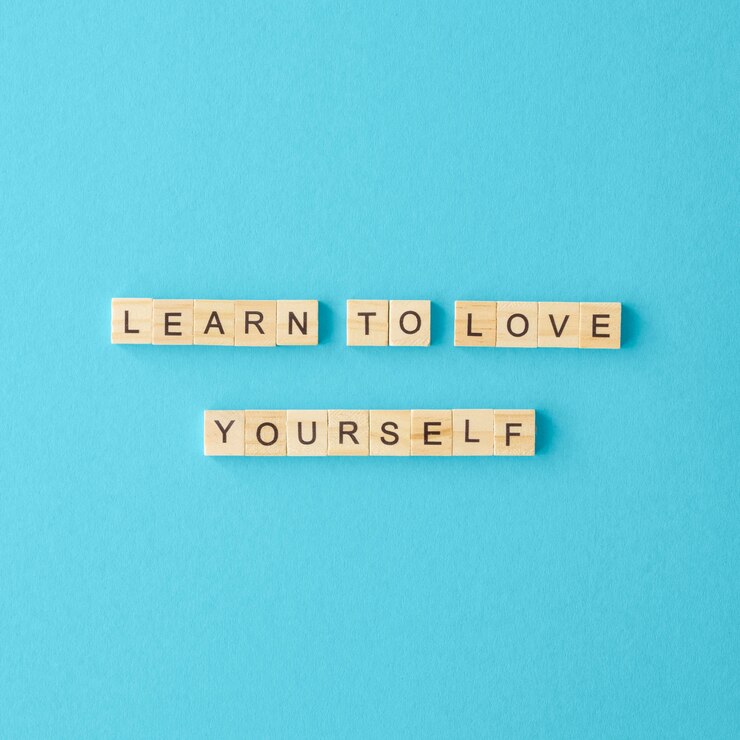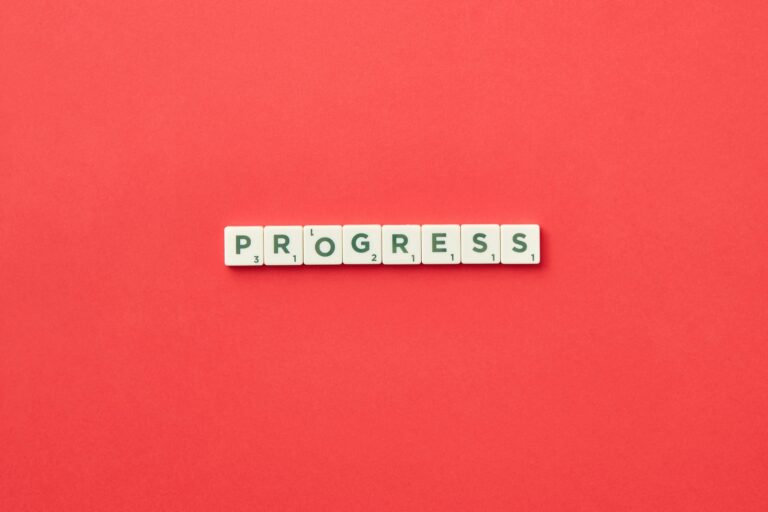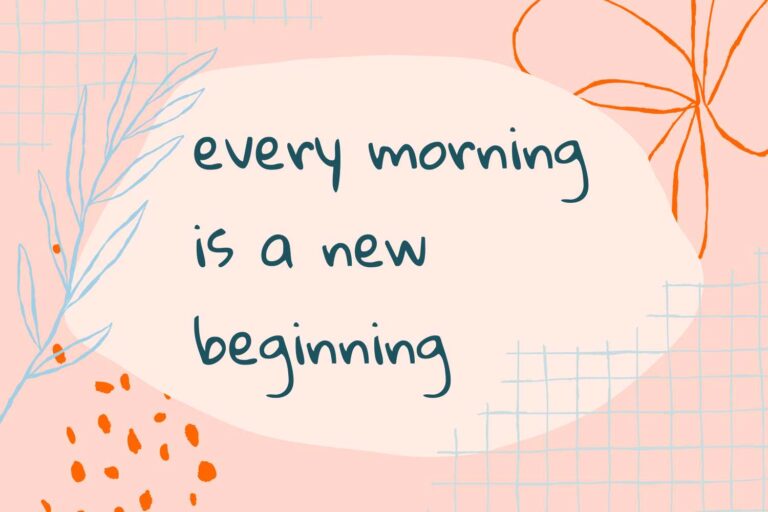10 best self-compassion exercises for inner peace and resilience
What if the key to inner peace was simply being kinder to yourself?
In the hustle of everyday life, it’s easy to forget about being kind to yourself. Responsibilities stack up, expectations feel overwhelming, and that little voice in your head can be way too hard on you. But here’s the thing – showing yourself some compassion is one of the best ways to handle life’s ups and downs with a bit more ease and confidence.
When you treat yourself with the same kindness you’d show a close friend, it can completely change how you handle setbacks. It helps you stress less and build emotional resilience.
We’ll go through 10 simple self-compassion exercises you can start using right away to feel calmer and face life with more confidence. Even 5 minutes with one of these exercises can shift your entire day. These inner peace exercises can be done anywhere, anytime.
Key benefits of self-compassion
- Faster recovery from tough moments: It helps you recover from tough moments without getting caught up in blaming yourself.
- Less stress, less self-criticism: It quiets that mean inner voice that makes you doubt yourself or feel anxious.
- Stronger resilience: It gives you the strength to handle life’s ups and downs without feeling so overwhelmed.
- Better relationships: When you’re kind to yourself, you set an example of healthy boundaries and self-respect for others.
You don’t need to have it all figured out to start practicing self-compassion. Even small steps can make a big difference in how you see yourself and handle life’s challenges.

10 powerful self-compassion exercises for inner peace and resilience
1. The self-compassion reset (start here – builds foundation)
What it is: A deeper version of the classic self-compassion break that rewires your automatic response to difficult moments. This is one of the most effective inner peace exercises for beginners.
How to do it:
When you notice self-criticism starting, stop and place your hand on your heart:
- Take three deep breaths and say: “This is really hard right now, and that’s okay”
- Ask yourself: “What would someone who truly loves me say right now?”
- Then ask: “What’s one tiny thing I can do to support myself in this moment?”
End with: “I’m learning, and learning takes time”
Why it’s powerful: This creates a new neural pathway that interrupts the self-criticism cycle before it spirals. You’re literally rewiring your brain’s default response to struggle.
When to use it: Every single time you catch yourself being harsh. The more you use it, the more automatic it becomes.
Journal prompt:
- What does my inner critic usually say when I’m struggling?
- How would I respond to a friend who was being this hard on themselves?
2. Write your inner critic a letter (addresses the root)
What it is: A powerful exercise that helps you understand and transform the harshest voice in your head. This is one of the foundational self-compassion exercises.
How to do it:
Write a letter TO your inner critic (not from it):
- Start with: “Dear inner critic, I’ve been listening to you for years, and I understand you think you’re protecting me, but…”
- Acknowledge what your critic might be trying to protect you from
- Set boundaries: “I appreciate your concern, but I no longer need you to speak to me this way”
- End with what you need instead: “What I need from you is encouragement, not judgment”
Why it’s transformative: Most people try to silence their inner critic, which creates more resistance. This exercise helps you understand and redirect that voice with compassion.
Journal prompt:
- If my inner critic could explain why it’s so harsh, what fears would it reveal?
- What is it actually trying to protect me from?
3. The shame spiral stopper (for deeper healing)
What it is: A specific practice for when self-compassion feels impossible because shame has taken over.
How to do it:
- When shame hits, immediately name it: “This is shame talking, not truth”
- Write down the shame message word for word
- Then rewrite it as if you’re talking to a scared child: “You made a mistake, and that’s how humans learn. You’re still worthy of love”
- Ask: “What would I need to hear right now to feel safe and supported?”
- Write that message to yourself
Why it works: Shame thrives in secrecy and silence. By naming it and rewriting the message, you break its power over you.
Journal prompt:
- When did I first learn to be ashamed of making mistakes?
- What would my younger self need to hear about this?
4. Mirror work for self-acceptance (builds authentic connection)
What it is: A practice that goes beyond surface affirmations to create genuine self-acceptance. Like other self-compassion exercises, this works best with consistency.
How to do it:
- Look in the mirror and really see yourself – not just your reflection.
- Start with: “I see you. I see how hard you’re trying”
- Name three things you appreciate about this person looking back at you (character traits, not appearance)
- End with: “You deserve love and kindness, especially from me”
- Stay with any emotions that come up – don’t rush away
Why it’s powerful: Most people avoid really looking at themselves. This practice builds a genuine relationship with yourself.
Journal prompt:
- What did I notice about myself when I really looked?
- What emotions came up, and what might they be telling me?
5. Body compassion dialogue (heals the relationship with your body)
What it is: A practice that transforms how you relate to your physical self.
How to do it:
Write a conversation between you and your body:
- Start by asking your body: “What do you need from me today?”
- Listen to the first response that comes up (rest, movement, nourishment, gentleness)
- Thank your body for something specific it did for you today
- Ask: “How can I support you better?”
- End by promising one specific act of care
Why it transforms: Most people live disconnected from their bodies or in conflict with them. This creates partnership and appreciation.
Journal prompt:
- If my body could speak, what would it thank me for?
- What would it ask me to change?

6. The forgiveness practice (for deeper wounds)
What it is: A gentle approach to forgiving yourself for things that feel unforgivable.
How to do it:
Think of something you’re struggling to forgive yourself for:
- Write: “I did the best I could with what I knew then.”
- List what you’ve learned from this experience
- Write: “This mistake doesn’t define my worth as a person”
- Ask: “How can I make amends to myself for holding onto this pain?”
- Take one action that shows yourself forgiveness (For example: Write yourself a kind note, do something nurturing for your body, create a small ritual, buy yourself flowers or that book you’ve been wanting, write down three things you’re grateful your past self did…)
Why it heals: Forgiveness isn’t about excusing behavior – it’s about freeing yourself from carrying the weight of past mistakes.
Journal prompt:
- What am I ready to forgive myself for?
- What would my life look like if I wasn’t carrying this guilt anymore?
7. Emotional needs assessment (creates self-awareness)
What it is: A practice that helps you identify and meet your emotional needs with compassion.
How to do it:
Check in with yourself: “What am I feeling right now?”
- Ask: “What does this emotion need from me?” (Sad might need comfort, angry might need boundaries, anxious might need reassurance)
- Brainstorm three ways you could meet this need
- Choose one and do it immediately
Why it’s essential: Most people try to fix or avoid emotions instead of listening to what they need. This creates emotional intelligence and self-care.
Journal prompt:
- What emotions do I try to avoid?
- What might these emotions be trying to tell me about my needs?
8. The future self meditation (Builds long-term perspective)
What it is: A visualization that connects you with a wise, compassionate version of yourself.
How to do it:
- Close your eyes and imagine yourself 10 years from now, having mastered self-compassion
- This future self is wise, patient, and deeply kind to themselves
- Ask this version of yourself: “What do you want me to know about this struggle I’m facing?”
- Listen to their response without judgment
- Ask: “What advice do you have for building self-compassion?”
- Thank them and slowly return to the present
Why it works: This taps into your own inner wisdom and shows you that self-compassion is possible for you.
Journal prompt:
- What did my future self want me to know?
- How did it feel to receive wisdom from someone who truly understands my journey?
9. Daily compassion inventory (builds consistent practice)
What it is: An evening practice that tracks and reinforces compassionate choices.
How to do it:
- Each evening, ask: “How did I show myself compassion today?”
- Write down even tiny moments of self-kindness
- Ask: “When was I harsh with myself today?”
- Rewrite those harsh moments with compassion: “Instead of criticizing myself for X, I could have…”
- Set an intention for tomorrow: “Tomorrow I will be more compassionate by…”
Why it creates change: What you track, you improve. This makes self-compassion visible and intentional.
Journal prompt:
- What patterns do I notice in how I treat myself?
- What small change could make the biggest difference?
10. The self-love letter (integration and commitment)
What it is: A powerful letter that cements your commitment to treating yourself with kindness.
How to do it:
Write a letter to yourself from the perspective of someone who loves you unconditionally:
- Include what they see in you that you might miss
- Acknowledge your struggles with compassion: “I know you’re hard on yourself because…”
- Make promises about how you’ll treat yourself going forward
- Read this letter whenever you need to remember your worth
Why it’s transformative: This creates a tangible reminder of your commitment to self-compassion that you can return to when self-criticism takes over.
Journal prompt:
- If someone who loved me unconditionally wrote me a letter, what would they want me to never forget about myself?

Tips for building your self-compassion practice
Week 1: Foundation
Focus on self-compassion exercises 1-3. These interrupt the self-criticism cycle and build basic self-compassion skills.
What to expect: Your inner critic will resist this work. That’s normal. You might feel awkward or fake being kind to yourself – you’ve been practicing self-criticism for years, so kindness feels foreign.
Daily practice: Spend 10 minutes on one exercise. When you catch yourself being harsh, immediately use the self-compassion reset. Don’t wait until you “feel like it” – that feeling may never come.
Weekly challenge: Count how many times you catch yourself being self-critical. The goal isn’t to stop it (yet), just to notice it. Awareness is the first step to freedom.
Week 2: Deepening – healing your relationship with yourself
Add self-compassion exercises 4-6. These address deeper patterns and heal the relationship with yourself and your body.
What to expect: Emotions may surface. The mirror work especially can bring up feelings you’ve been avoiding. This isn’t a sign you’re doing it wrong – it’s a sign you’re doing important work.
Daily practice: Alternate between exercises. If one feels too intense, be gentle and try the body compassion dialogue instead. Your body has been waiting years for this conversation.
Weekly challenge: Write down one thing you’ve been criticizing about yourself for years. Practice talking to that part of yourself like a dear friend who’s struggling.
Breakthrough moment: Many people have their first real self-compassion breakthrough this week. You might catch yourself automatically being kinder instead of defaulting to criticism.
Week 3: Integration – making self-compassion your daily reality
Practice self-compassion exercises 7-9. These build emotional intelligence and consistent daily compassion.
What to expect: Self-compassion starts feeling more natural. You’ll notice yourself responding differently to mistakes and setbacks. Others might comment that you seem calmer or more confident.
Daily practice: The future self meditation and daily compassion inventory become your anchors. These inner peace exercises create lasting change by training your brain to default to kindness.
Weekly challenge: Share your self-compassion journey with someone you trust. Often, speaking about this work out loud solidifies the changes you’re making internally.
Integration tip: Start applying these self kindness exercises in real-time during your day, not just during practice time. Missed a deadline? Use the shame spiral stopper immediately.
Week 4: Mastery – creating your lifelong practice
Use self-compassion exercise 10 and revisit your favorites. Focus on making self-compassion your new default.
What to expect: Self-compassion feels more natural, but don’t expect perfection. You’re rewiring decades of conditioning. Some days will be easier than others, and that’s completely normal.
Daily practice: The self-love letter becomes your north star. Read it whenever you need to remember who you’re becoming. Create your personalized toolkit of the self-compassion practices that work best for you.
Weekly challenge: Handle one difficult situation entirely from a place of self-compassion. Notice how different it feels to support yourself through challenges instead of beating yourself up.
Mastery milestone: You start naturally extending the same compassion to others without depleting yourself. True self-compassion creates more love, not less.
These self kindness exercises are designed to build on each other, creating lasting transformation in how you relate to yourself. Start where you are, be patient with the process, and remember – building self-compassion is the most important relationship work you’ll ever do.

Putting yourself first can feel uncomfortable, especially when life demands so much from you. But think about it, when was the last time you truly showed yourself the same care and compassion you give to others? Making self-love a priority isn’t selfish; it’s necessary. It’s about treating yourself like someone who matters, because you do.
This journey isn’t about fixing what’s “wrong.” It’s about recognizing your worth, building a better relationship with yourself, and showing up for your life with more confidence and peace. Imagine how different things could feel if you replaced self-doubt with self-support and self-criticism with kindness.
The Self-love bundle is designed to make this transformation not just possible, but practical. With carefully crafted workbooks and resources, this bundle gives you the structured support to move from occasional moments of self-kindness to consistent self-compassion practices that change how you treat yourself every day.
The self kindness exercises in this article give you a taste of what’s possible, but the Self-love bundle offers the complete roadmap with expanded practices, deeper reflections, and the guidance you need to truly transform your relationship with yourself.
Take this chance to stop waiting for the “right moment” and start investing in yourself today. Your relationship with yourself shapes everything else in your life – isn’t it time you gave it the attention it deserves?







